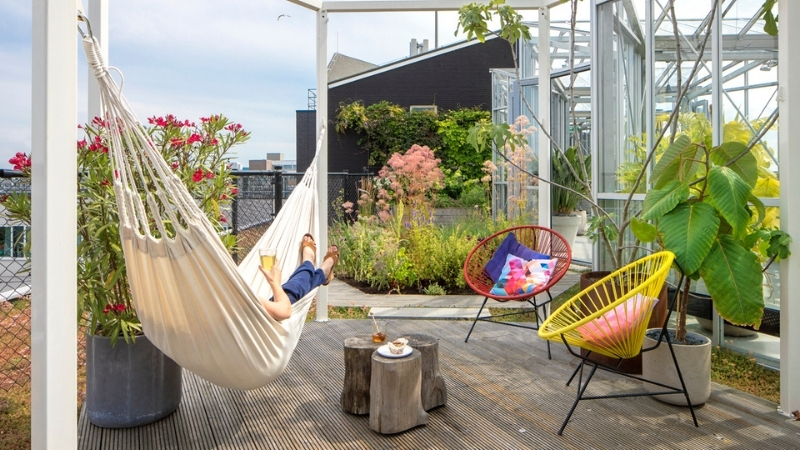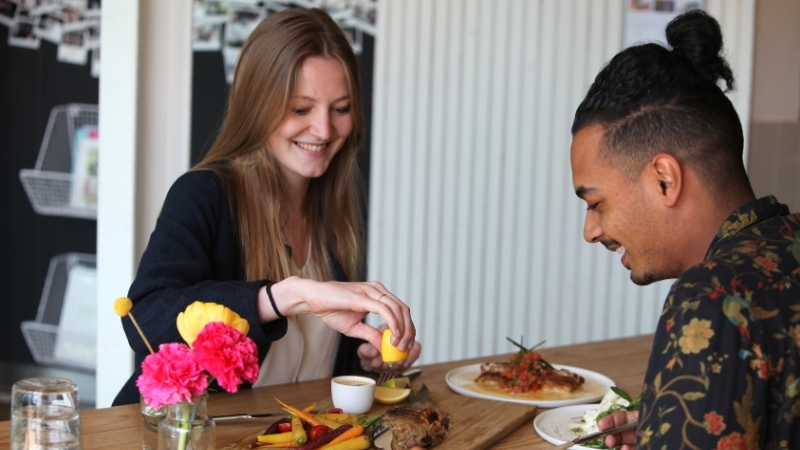Inclusive Residential Product Broadens Homebuyer Appeal
The case for localised living and socially inclusive neighbourhoods has only been made stronger in the wake of the Covid-19 pandemic.
Going forward, residential communities with holistic levels of amenity, robust community and wellbeing will be seen as increasingly desirable by homebuyers who attribute value to socially connected communities.
In Brickfields' latest trend report, “Nimble Neighbourhoods” we refer to these places as “holistic havens”, being tailored to niche demographics and enriched with diverse housing product, as well as retail, cultural, and shared facilities.
The imperative is to support growing ageing populations, counteract loneliness, and enable personal and collective wellbeing.
For property owners and developers looking to leverage this trend, these are the key areas to watch.
City microcosms in outer-urban areas

As cities become increasingly unaffordable, suburban areas represent an opportunity to emulate the vibrancy of city life through mixed-use housing product, rich in amenity.
This can appeal to millennial buyers that are less car-reliant, seek affordability and value the diversity of urban living.
A particular example of this is the Mehr als Wohnen housing co-operative in Zurich, a 45,000sq m urban quarter delivered by the City of Zurich and 50 partner organisations.
In an interview with Brickfields Consulting, Ueli Keller, one of the founders, said the intention was to create a microcosm of Zurich, with a “different built environment and different people living together, and where one can find more opportunities”.
The development’s success is in its breadth of housing typologies, such as student accommodation, co-housing, multi-generational living, and subsidised homes—thereby drawing together diverse demographics.
A localised lifestyle is also achieved by the presence of retail, commercial and community tenancies, including workspaces: residents have all they need within a 10-minute walking distance, thus reducing car dependence.
Overall, the result is a flourishing and socially diverse community, appreciated by residents and appealing to the market.
High-density multi-generation housing
With demographic shifts towards an ageing population— forecast to grow 56 per cent by 2030—the way we approach ageing in residential communities will require a rethink.
Multi-generation housing product is one solution, and proves to be a growing trend in Australia, with an estimated 20 per cent of households being multi-generational.
While home builders recognise this opportunity, Brickfields Consulting has seen the emergence high-density solutions occurring internationally.
A particular example is the Dongsimwon Multi-Household House in Seoul, designed by Sosu Architects.
The six-storey structure combines ground-floor retail and three apartments for three generations: parents and their two daughters.
Kitchen and dining areas in the parents’ apartment are designed to be shared by the whole family, creating efficiency in the plan, and flexible partitions throughout the house also enable the creation of independent rooms if required.
Solutions such as this keep older generations close to their families and the local amenity required for their livelihood.
Pivoting hospitality assets

Commercial developments such as hotels, which were typically insular in use, are now diversifying their product offering to connect more with their local communities.
A particular example undergoing this change is Zoku, a work-live hotel in Amsterdam with a mission to reduce loneliness.
“Hotels should take back this central role within their neighbourhoods to connect people and take care of one another—just like the inns of yesteryear,” Veerle Donders, Zoku's concept and brand director, told Brickfields Consulting.
In response to the Covid-19 pandemic, Zoku adapted its hotel rooms into bookable ‘WorkLofts’, offered weekend wellness retreats as well as private dining experiences.
Hospitality operators are wise to connect with their local audiences in this way—not just for at additional revenue streams, but to build meaningful customer relationships and thus a stronger presence in the local market.
Opportunities for property owners: create your own success
The success of these case studies can be attributed to a deep understanding of each development's local context and audience needs—something that can only be truly achieved through robust research, enabling evidence-based investment decisions.
For the last 10 years, Brickfields Consulting has leveraged its expertise in quantitative, qualitative and future trends research to help residential developers occupy a competitive place in the market.
We have developed strategies for Australia’s largest greenfield sites, inner-city mixed-use developments, as well as niche home builder product.
Get in touch to discuss how we can add value to your next project.
The Urban Developer is proud to partner with Brickfields Consulting to deliver this article to you. In doing so, we can continue to publish our free daily news, information, insights and opinion to you, our valued readers.













